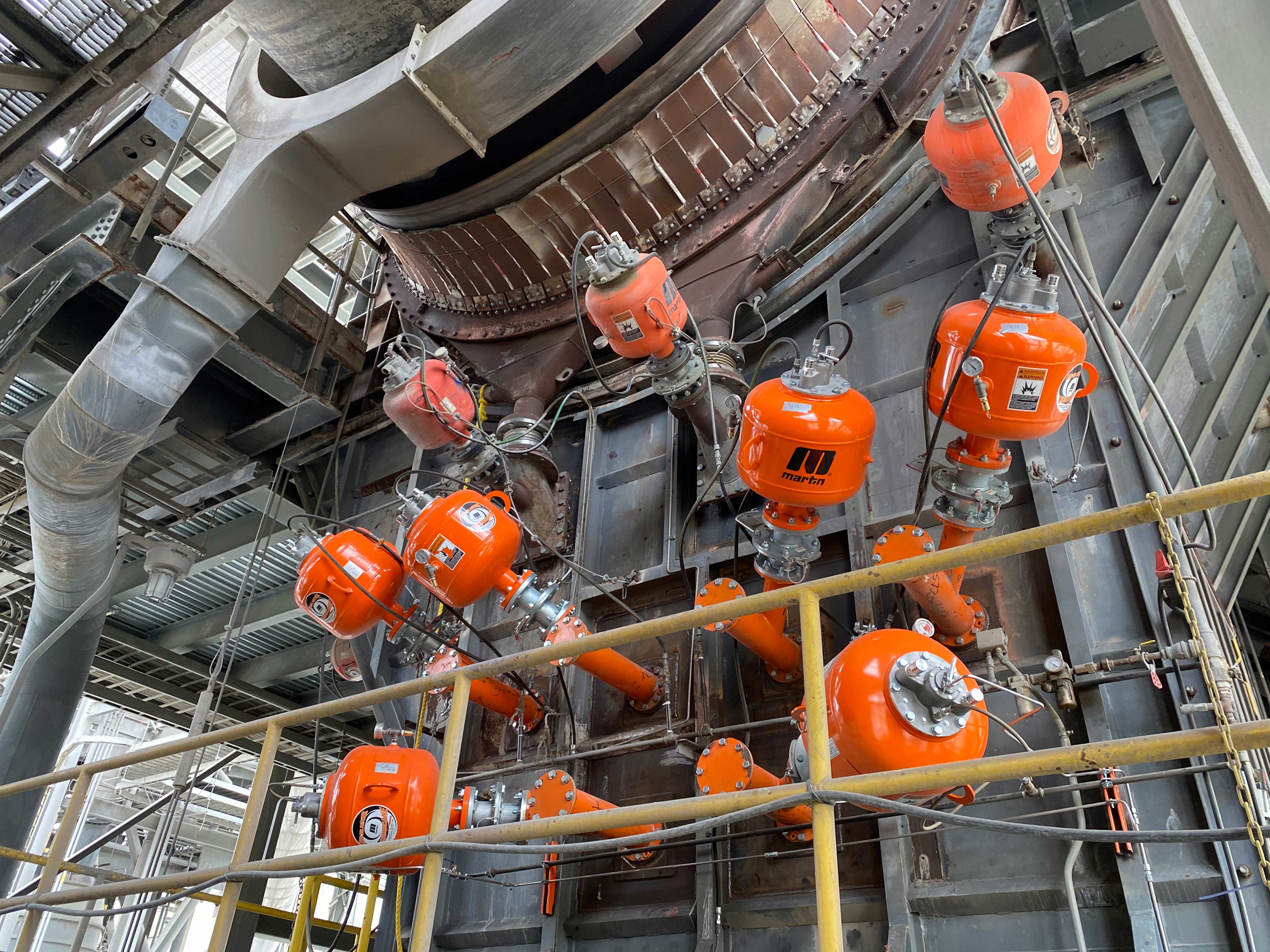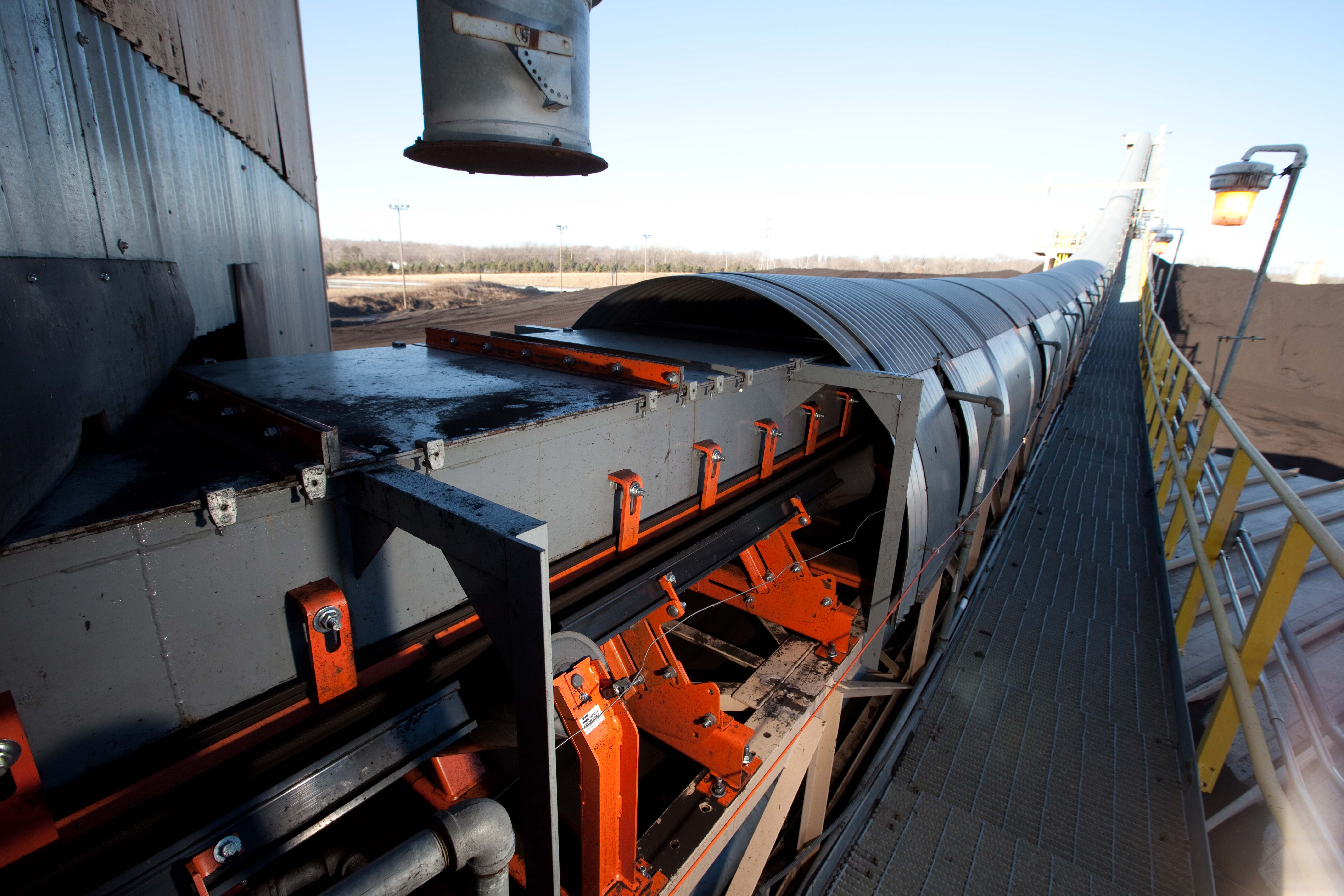

Safety as a number driver
Being a global leader requires much more than producing efficient products, solutions, and technologies, it implies honouring commitments to society and the environment, creating a safe surrounding for our employees, partners, clients, and suppliers.
The understanding and applicability of ESG (Environmental, Social and Governance) criteria by companies globally is becoming more and more a reality! Acting in accordance with ESG standards increases the competitiveness of the sector, internally or externally.
For Martin Engineering, these practices are core values and part of our commitment to drive the construction of a more sustainable and safer society.
One example of this exponential growth of ESG values is that due to a greater emphasis on safety and the expensive consequences of unscheduled downtime, bulk handlers are being more meticulous about conveyor operation and maintenance. This increased scrutiny includes regular cleaning of spillage, improved dust control, and additional monitoring and maintenance, exposing employees to a moving system more often.

At Martin, we contribute to the availability and reliability of your transport system, implementing equipment and solutions that guarantee a clean, safe, and effective bulk handling process.
Organizations that embrace safety show significant performance advantages over the competition. The proof is reflected in reduced injuries and greater productivity, along with above industry average financial returns and higher share prices.
Justifying safety investments is greatly enhanced by quantifying what most financial managers refer to as intangible costs, injuries, lost labour, insurance, morale, legal settlements, etc. However, managers and accountants have been trained to think about saving direct costs to justify investments.
When conveyors operate inefficiently, they have unplanned stoppages, release large quantities of fugitive materials, and require more maintenance. Emergency breakdowns, cleaning of excessive spillage and reactive maintenance all contribute to an unsafe workplace.
Numerous case studies revealing the positive relationships between safety and productivity are backed up by organizations that gather global statistics on accidents and incidents. The simple formula for return on investment (dividing savings by cost) does not capture the potential savings from safety investments. Several organizations provide detailed and regional statistics on the cost of accidents.



At Martin, we have more than 75 years of offering belt cleaners that work with all belt sizes and speeds, regardless of industry or type of material with safety and efficiency.
Martin Engineering Australia
www.martin-eng.com.au
+61 1300 627 364


Safety as a number driver
Being a global leader requires much more than producing efficient products, solutions, and technologies, it implies honouring commitments to society and the environment, creating a safe surrounding for our employees, partners, clients, and suppliers.
The understanding and applicability of ESG (Environmental, Social and Governance) criteria by companies globally is becoming more and more a reality! Acting in accordance with ESG standards increases the competitiveness of the sector, internally or externally.
For Martin Engineering, these practices are core values and part of our commitment to drive the construction of a more sustainable and safer society.
One example of this exponential growth of ESG values is that due to a greater emphasis on safety and the expensive consequences of unscheduled downtime, bulk handlers are being more meticulous about conveyor operation and maintenance. This increased scrutiny includes regular cleaning of spillage, improved dust control, and additional monitoring and maintenance, exposing employees to a moving system more often.


At Martin, we contribute to the availability and reliability of your transport system, implementing equipment and solutions that guarantee a clean, safe, and effective bulk handling process.
Organizations that embrace safety show significant performance advantages over the competition. The proof is reflected in reduced injuries and greater productivity, along with above industry average financial returns and higher share prices.
Justifying safety investments is greatly enhanced by quantifying what most financial managers refer to as intangible costs, injuries, lost labour, insurance, morale, legal settlements, etc. However, managers and accountants have been trained to think about saving direct costs to justify investments.
When conveyors operate inefficiently, they have unplanned stoppages, release large quantities of fugitive materials, and require more maintenance. Emergency breakdowns, cleaning of excessive spillage and reactive maintenance all contribute to an unsafe workplace.
Numerous case studies revealing the positive relationships between safety and productivity are backed up by organizations that gather global statistics on accidents and incidents. The simple formula for return on investment (dividing savings by cost) does not capture the potential savings from safety investments. Several organizations provide detailed and regional statistics on the cost of accidents.

